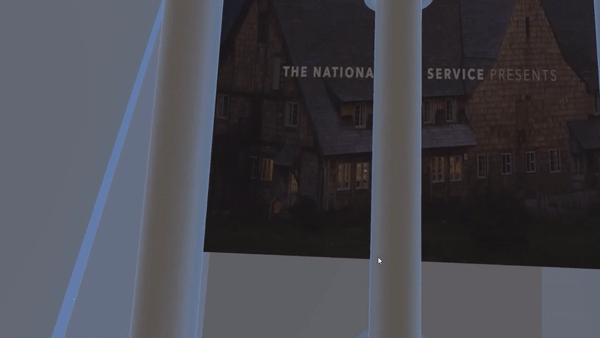Virtual Reality Mock MRI
According to Power, et al, head motion is a prominent concern for neuroimaging studies, especially involving pediatric, clinical or elderly populations. A practice called “scrubbing” is the elimination of unusable data that may confound results. Power states when working with normal populations about 10% of subjects are eliminated due to excess motion. That number can exceed 30% of data when working with pediatric or clinical studies. The ABCD study, the largest longitudinal pediatric brain development study to date, has collected 11,000 scans over the last 3 years. Excessive motion within that data set can result in 3300 scans rendered unusable. The economic impact can be substantial, assuming $600 per scan (industry standard) that would result in nearly two million dollars of lost data.
Mock scanners are fiberglass replicas of a MRI meant to desensitize fearful patients and prepare them for upcoming scans. After many years acquiring MRI data and working with patients, it is clear that a mock session produces quality data, reduces fearfulness, and creates a better experience for research volunteers. Unfortunately, mock scanners demand dedicate space and can cost tens of thousands of dollars, something many institutions are not prepared to invest in.
I decided to build a Virtual Reality Mock Scanner using the specifications of USC’s Institute of Neuroimaging and Informatics. Requiring little space and for the cost of an off the shelf HMD, any institute can have a mock scanner. The experience includes an introduction to the scanning room, audio recordings for the sounds of an MRI and a POV from within the scanner with visual triggers when excessive head movement occurs prompting the user to stay still. The goal is to provide researchers with a tool to help improve data quality and prepare patients for a real MRI with an approachable VR training.


